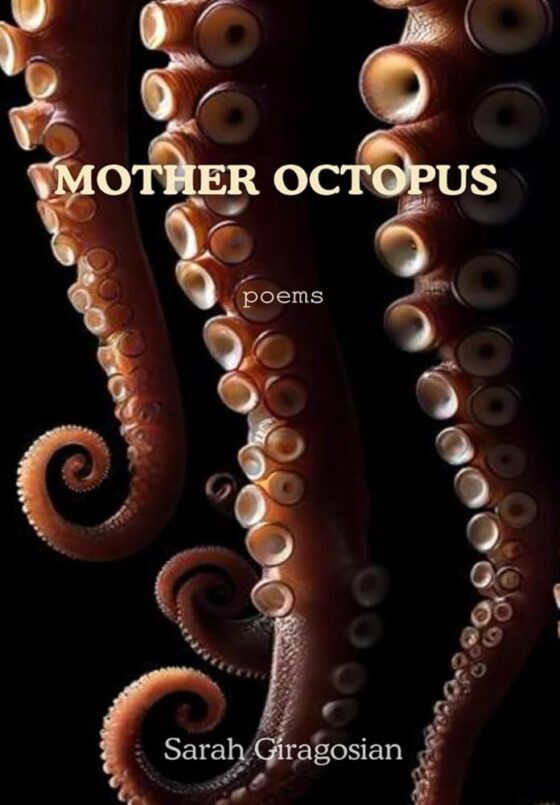
Gertrude Stein and Alice Toklas
Before establishing her thriving salon at 27 Rue de Fleurus in Paris, Amercian expatriate poetess Gertude Stein had lived in much of Europe and in Oakland and San Francisco, Baltimore and Boston. In 1903, after studying psychology with William James at Radcliffe and brain anatomy at Johns Hopkins, Stein forsook an intended career in medicine and left behind a broken romance with girlfriend May Bookstaver for the life of a literary bohemian in the French capitol. In 1907, while entertaining destitute artists such as Juan Gris, Henri Matise, and Pablo Picasso (who painted a well-known portrait of her), Stein met fellow ex-Californian Alice B. Toklas, who was to become her secretarial assistant, lover, and lifelong partner. Stein characterized their relationship as a “marriage” and the two tribades, described by Jay Robert Nash as “dowdy and repulsive of figure and face,” frequently disrupted literary gatherings with heated arguments, after which they regaled visitors with round after round of noisy lovemaking in an adjoining bedroom. Re-emerging from their lair, the pair could be heard exchanging such pet names as “Mama Woojums” (Stein’s familiar tag for Toklas) and “Mr. Cuddle-Wuddle” (Toklas’ tag for Stein). Avant-gardist Gertrude was the dominant partner, “an intellectual and physical oddity for her day with her short, cropped hair, constant stare and bullying manners,” relates Nash. Stein, famous for such one-liners as “There is no there there,” “A rose is a rose is a rose,” and “You are all a lost generation,” eventually generated a body of cubistic, syntax-shattering poetry which continues to hold a solid, if eccentric, position in twentieth century letters. Stein’s memoirs of life in Paris during the formative years of modernism were cleverly entitled The Autobiography of Alice B. Toklas, while Toklas, who outlived her “Cuddle-Wuddle” by twenty years, published her own reminiscences in the 1960s.
Vachel Lindsay and Sara Teasdale
American poets Vachel Lindsay (1879 – 1931) and Sara Teasdale (1884 – 1933) seemed made for each other. Both were Midwesterners, both had been homeschooled as young children; she was a hothouse flower, he a wild orchid; both made their marks as lyricists. Both exhibited artistic inclinations from an early age: Vachel learned to read using Grimm’s Fairy Tales; Sara’s first word was “pretty”; both were writing creatively before they were out of grammar school. In one respect they differed, however: Sara was a sheltered, sickly juvenile who spent her childhood attended by a nurse, and was cut off, to a certain extent, from contact with the “outside world.” Vachel, on the other hand, had such a yen to see the world that, by the time he reached his twenties, his itchy feet impelled him to tramp the length and breadth of America, exchanging poems and drawings for food and lodging. By the time Lindsay and Teasdale met around 1913, both were established literary figures: Teasdale with her Sonnets to Duse (Italian stage actress Eleonora Duse, shut-in Sara’s exciting idol) and self-styled “folk poet” Lindsay with his “singing” verse delivered in his trademark “higher vaudevillian” style. At one point, Lindsay bombarded Teasdale with a daily barrage of “fantastic” love letters and always asserted that the poem he considered his best — The Chinese Nightingale — was inspired by the poetess. Teasdale was courted simultaneously by troubadour Lindsay and by an affluent businessman, who won his suit and betrothed her in 1914. News of Sara’s matrimony left Vachel feeling “baffled, empty and puzzled.” Teasdale maintained a fond friendship with Lindsay thereafter, but was unhappy in her marriage and ultimately divorced. Lindsay, meanwhile, cut short his epic tramps, recitals and lecture tours long enough to marry a woman half his age and take up residence in the elegant old dowager of a grand hotel, the Davenport, in Spokane, Washington. Now as far-famed for his percussive poetry and impassioned performances as for his peripatetic lifestyle, Lindsay nevertheless gradually forsook his life of visions and vagabondage to adopt the habits of a devoted family man. He moved his young family back to his boyhood home in Springfield, Illinois. Against his wishes but out of sheer financial necessity, he resumed a regimen of national tours and continued to receive honors and awards from a number of sectors. It was during this, period, nevertheless, that his mental condition began to deteriorate. He was diagnosed with epilepsy, started to suffer “delusions of persecution,” and sometimes flew into rages at his audiences, whom he resented as having forced him into the role of an itinerant entertainer, though they failed to properly appreciate his poetry. Teasdale, meanwhile, had parted from her shoe manufacturer spouse several years earlier and, though managing to publish many collections of verse both critically well-received and well-beloved by the public, was strangely unhappy and given to disturbing contemplations of death. On December 5, 1931, Vachel Lindsay self-immolated by ingesting a bottle of Lysol. Fourteen months later, Sara Teasdale swallowed a fistful of sedatives, climbed into a warm bath, lost consciousness, and never reawoke.
***





